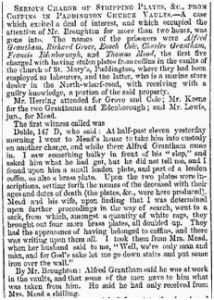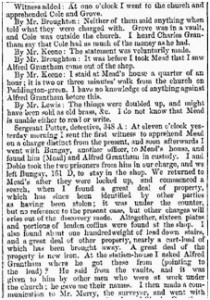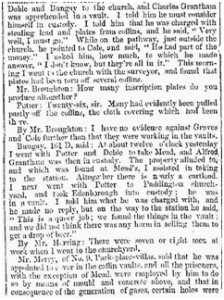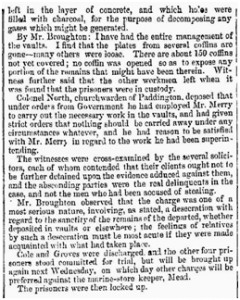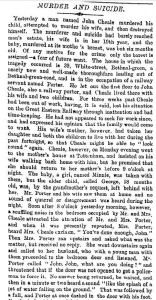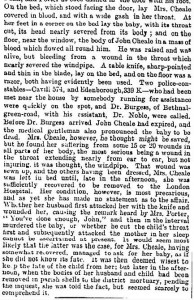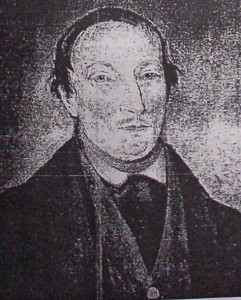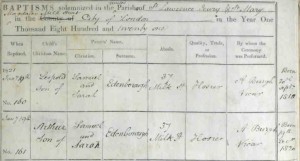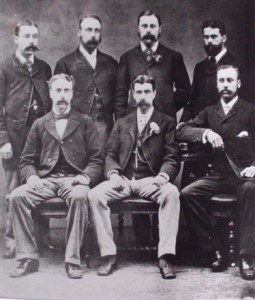In the course of researching the Edenborough surname I have come across 124 variations/mis-spellings of the name. They are:
ADDENBOROUGH, ADENBOROUGH, ADENBOROUGHE, ADENBOROWE, ADENBROWE, ADINBOROUGH, EATENBOROUGH, EATON?ORO, EATONBORE, EATONBOROUGH, EATONBOROW, EATONBORR, EDANBORO, EDANBROUGH, EDANBURG, EDBORO, EDBOROUGH, EDBURROW, EDBURY, EDDENBOROUGH, EDDENBOROW, EDDENBORRO, EDDENBURROUGH, EDDENBURY, EDDINBOROUGH, EDDINGBORNE, EDDINGBOROUGH, EDDINGBOROW, EDDINGBORROW, EDDONBOROUGH, EDEDENBROWS, EDENBARGH, EDENBARROW, EDENBARY, EDENBERG, EDENBERRY, EDENBORA, EDENBOREY, EDENBORG, EDENBORGH, EDENBORN, EDENBORO, EDENBOROUGH, EDENBOROW, EDENBOROWE, EDENBORRO, EDENBORROE, EDENBORROH, EDENBORROUGH, EDENBORROW, EDENBORROWE, EDENBORUH, EDENBORY, EDENBOUROUGH, EDENBOURROW, EDENBOW, EDENBOY, EDENBREW, EDENBROGH, EDENBROUGH, EDENBROW, EDENBURG, EDENBURGH, EDENBUROW, EDENBURRO, EDENBURROUGH, EDENBURROW, EDENBURY, EDENGBROW, EDERBROW, EDIEBOROUGH, EDINBERAUGH, EDINBORAW, EDINBORGH, EDINBORO, EDINBOROUG, EDINBOROUGH, EDINBOROW, EDINBORROUGH, EDINBORROW, EDINBOURGH, EDINBOUROUGH, EDINBRO, EDINBROUGH, EDINBROW, EDINBRUGH, EDINBURG, EDINBUROUGH, EDINBUROW, EDINBURROUGH, EDINBURROW, EDINBURY, EDINDBROW, EDINGBORO, EDINGBOROIGH, EDINGBOROW, EDINGBROUGH, EDINGBROW, EDINGBURG, EDINGBURGH, EDINGBUROUGH, EDINGBURROW, EDINOBRO, EDONBOURROW, EDONBROW, EDONBURROUGH, EGENBROUGH, ELBURUGH, EMBOROUGH, ENBOROUGH, ETENBARRO, ETENBOROUGH, ETENBOROW, ETENBORROW, ETINBOROW, ETTENBOROUGH, ETTENBOROW, ETTENBORROUGH, ETTENBORROW, ETTINBROUGH, HEDENBURG, HEDINGBURGH, HENBOROUGH, UDDENBOROUGH
